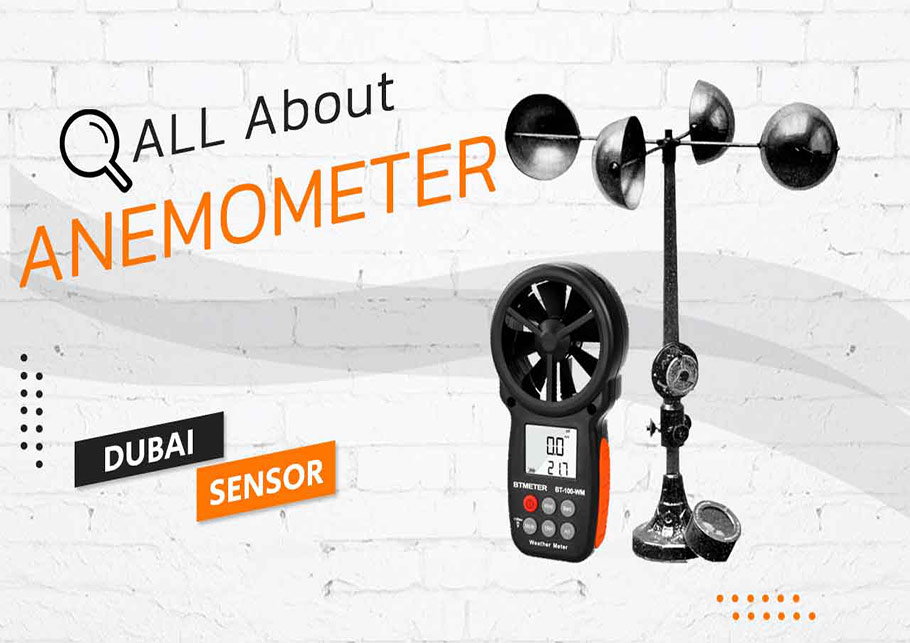Discovering the Functions and Advantages of Anemometers for Weather Lovers and Specialists
From cup anemometers to sonic anemometers, each type brings its unique collection of applications and advantages, shedding light on numerous facets of atmospheric problems. As we dive into the functions and benefits of anemometers, a deeper understanding emerges not just of prevailing climate phenomena however likewise of the broader implications for sectors like wind energy production and environmental research.
Significance of Anemometers in Weather Condition Monitoring
Anemometers play a critical function in weather condition tracking by providing exact dimensions of wind speed, assisting in projecting and understanding weather condition patterns. These tools, ranging from standard mug anemometers to contemporary ultrasonic anemometers, are necessary for meteorologists, researchers, and weather fanatics alike.

Sorts Of Anemometers and Their Applications
The most typical types of anemometers include cup anemometers, vane anemometers, hot-wire anemometers, and ultrasonic anemometers. Cup anemometers are composed of 3 or four cups installed on straight arms that turn with the wind, determining its rate. Vane anemometers, on the various other hand, use an openly turning vane to align with the wind direction, supplying both wind speed and direction measurements.
Mug anemometers are durable and ideal for basic climate tracking, while vane anemometers are favored for directional measurements. Ultrasonic anemometers are non-intrusive and supply high accuracy, commonly utilized in study and specialized weather surveillance applications.
Benefits of Making Use Of Anemometers in Projecting
In weather forecasting, the usage of anemometers supplies invaluable advantages for enhancing the accuracy of weather condition projecting. Anemometers measure wind speed and instructions, providing essential data for anticipating climate patterns. By integrating wind information into forecasting designs, meteorologists can much better understand the motion of weather systems, anticipate modifications in weather, and problem much more accurate projections.
Additionally, anemometers play an important duty in evaluating potential weather condition hazards. Monitoring wind speeds aids forecasters forecast serious weather condition events such as storms, tornadoes, and winter months storms with greater precision. This very early warning system allows authorities to issue prompt alerts and carry out needed safety and security procedures, lowering the risks to life and residential or commercial property.
Furthermore, anemometers aid in enhancing sustainable power production. By examining wind patterns, meteorologists can identify ideal locations for wind farms and forecast power result, adding to the effective generation of wind power.

Anemometers in Wind Energy Manufacturing
Given the crucial function anemometers play in supplying precise wind data for weather forecasting and danger evaluation, their value prolongs to the realm of wind energy manufacturing. Anemometers are crucial tools in the field of wind energy, where the dimension of wind speed and direction is essential for figuring out the expediency and efficiency of wind turbine installations. By accurately determining wind speeds at varying elevations, anemometers assist optimize the positioning and layout of wind generators to take full advantage of power output.
In wind farms, anemometers are tactically positioned to accumulate real-time wind information that is made use of to examine the potential power production of a site. This data is crucial in figuring out the financial stability of wind power tasks and in forecasting power generation to ensure grid stability. Additionally, anemometers help in checking wind problems to optimize wind turbine efficiency, stop damages from high winds, and guarantee the see it here security of personnel operating in the location of wind generators.
Enhancing Weather Understanding With Anemometers

Anemometers play an essential duty in improving our understanding of microclimates. These localized climate conditions can vary substantially from wider regional projections, making it vital to have exact information for certain areas. anemometer. By strategically placing anemometers in numerous places, researchers can collect comprehensive info on how wind acts in various terrains, metropolitan environments, or bodies of water
Furthermore, anemometers add to enhancing weather condition projecting models by offering real-time data on wind behavior. This details is especially useful for predicting serious weather condition occasions, enhancing farming methods, and supporting industries like air travel and maritime navigation. Generally, anemometers are invaluable instruments that enable us to dive deeper into the intricacies of climate systems, eventually leading to more better-informed decisions and exact forecasts.
Final Thought
Finally, anemometers play an essential function in climate tracking and forecasting by gauging wind speed and instructions. They are necessary tools made use of by weather fanatics and specialists to collect accurate data for predicting weather patterns and examining possible impacts. Anemometers additionally have applications in wind energy manufacturing, more highlighting their value in both meteorology and renewable resource sectors. On the whole, anemometers add to improving our understanding of weather condition sensations and boosting projecting capacities. anemometer.
From mug anemometers to sonic anemometers, each kind brings its one-of-a-kind collection of benefits and applications, dropping light on different aspects of climatic problems. These instruments, additional info ranging from conventional cup anemometers to modern-day ultrasonic anemometers, are vital for meteorologists, researchers, and weather condition lovers alike. The most usual types of anemometers consist of cup anemometers, vane anemometers, hot-wire anemometers, and ultrasonic anemometers. Mug anemometers are durable and ideal for basic weather surveillance, while vane anemometers are preferred for directional measurements. Anemometers are vital tools in the area of wind energy, where the measurement of wind rate and direction is essential for establishing the expediency and effectiveness of wind turbine installments.